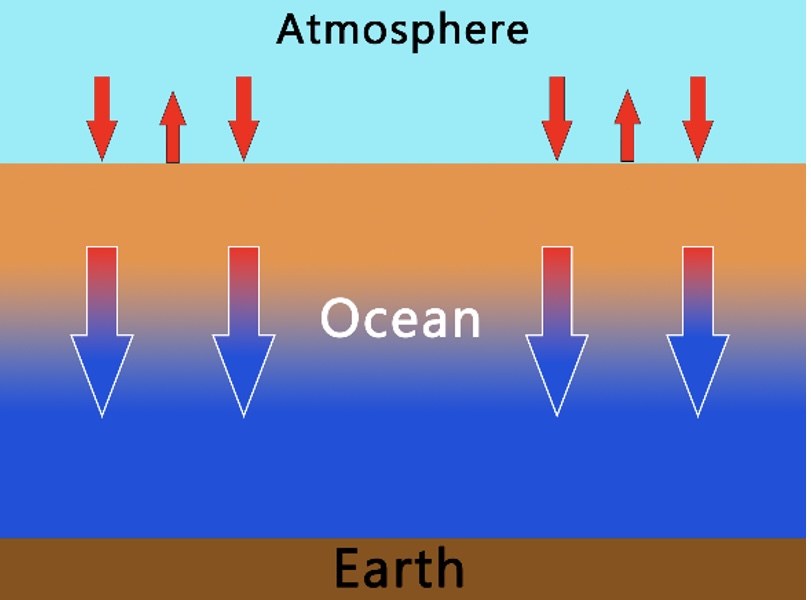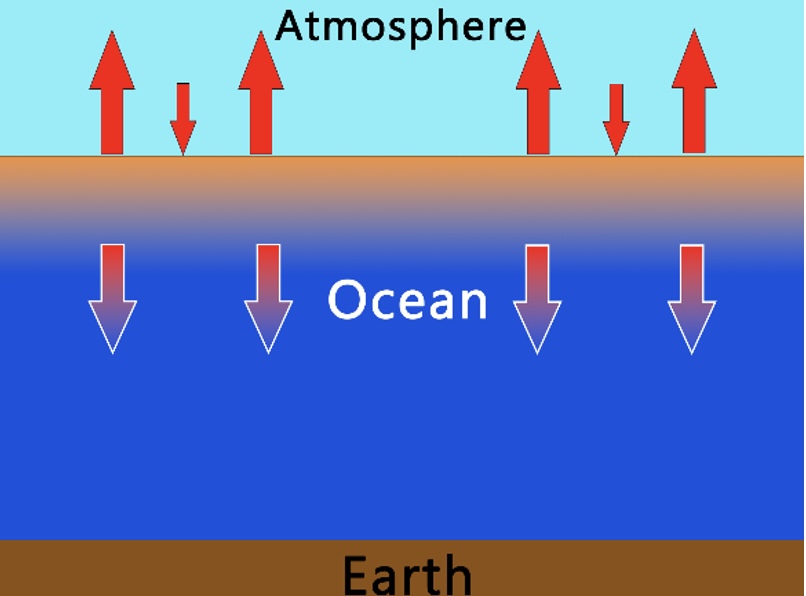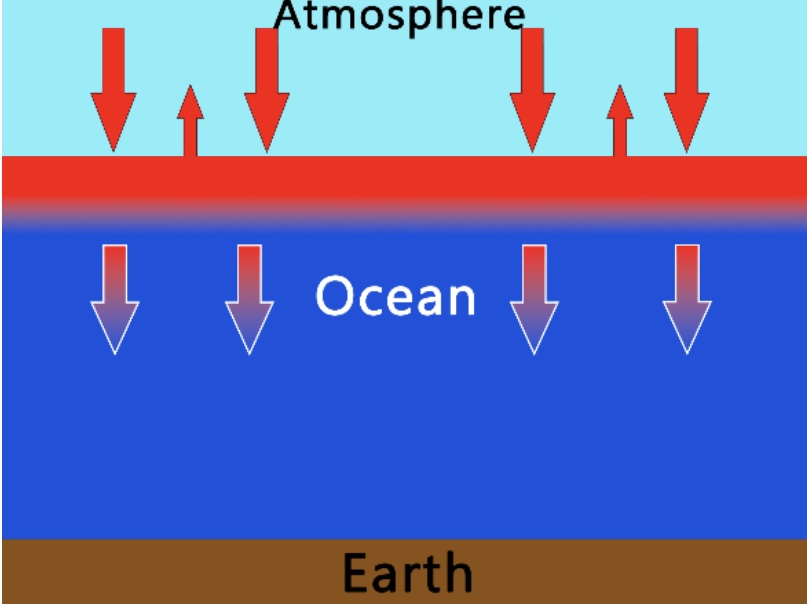Many people will have been recently aware via most international media sources that a sudden and large increase in ocean surface water has been recorded since this March (2023) and relates to vast areas of the world’s oceans. This is a previously unknown phenomena in terms of the temperature increase, rate and extent – which has most climate scientists ‘baffled’ and very concerned as to the cause!
Myself and a growing number of scientists and engineers have long believed that the current climate science models have not necessarily accounted for the increasing heat produced by human activity – termed ‘Anthropogenic Waste Heat’ (AWH).
AWH is any heat that is produced as a result of combustion processes generated by crops and hydrocarbon fuels as well as any other heat generating processes such as nuclear and geothermal. Virtually all moving objects eventually transmit movement to heat in the process of providing work and resulting friction and so virtually every process terminates in the release of heat including the transmission of electromagnetic waves and sound.
This heat however represents a very small amount (less than 1%) compared to net solar radiation absorbed by the earth and so it has traditionally been assumed that greenhouse gases (predominantly CO2) have and remain the fundamental cause of the warming effect by retaining more of this solar heat below the atmosphere and earth’s surface. The oceans which account for around 70% of the earth’s surface have absorbed most of this excess heat (93%) whether from solar or AWH sources and currently hold most of it in the surface layer considered to be currently 700 meters in depth.
The ‘Earth system’ (earth and atmosphere) does this as a means to regulate the atmospheric temperature and the oceans are very effective at achieving this due to the ability of water to retain and release high quantities of heat with a relatively low change in temperature. Heat is absorbed and released by the oceans in a number of ways such as direct (solar) and indirect (AWH and atmospheric weather effects). On a daily and annual basis these effects are reasonably constant and so the movements of heat in and out of the oceans are relatively balanced – although obviously there is a net increase in the heat absorbed by the oceans (hence global warming) which becomes increasingly stored lower in the ocean layers to maintain surface temperatures and so this heat has a net ‘downward’ movement.
Although not obvious to most people without an engineering or science background – heat movement has an ‘inertia’ effect when endeavoring to increase the velocity of flow and a momentum effect in the direction of flow. It is analogous to pushing a car – it requires a lot of effort to initiate movement due to inertia and conversely requires similar effort to stop due to its momentum – hence when two moving cars collide, we notice the combined release of energy evidenced by a lot of bent metal!
Heat moving downward in the oceans has therefore momentum in that direction based on a steady supply of heat at the surface – however, any sudden additional influx of heat at the surface will initially be stored there due to inertia and will take time to migrate into a downward heat flow.

During the recent Covid 19 lockdown which lasted in the most part for two years – much of the AWH was suddenly reduced – which therefore decreased the potential atmospheric temperature – and as the ‘earth system’ endeavors to regulate this temperature, the oceans released this additional heat which resulted in a reduction of downward heat flow and momentum in the ocean surface layer.

After the two year Covid lockdown and resulting increase in AWH via increased industry and human activity – this heat is now being returned back into the ‘earth system’ so the oceans are now endeavouring to absorb this heat to maintain thermal balance – however, due to the lockdown change in ocean heat movement and inertia effecting absorption – this heat is being ‘temporarily’ stored at the ocean surface (analogous to the car crash) until the downward heat flow is again returned to the pre covid lockdown state. This combined effect I believe could be the reason why we have this recent temperature spike in much of our surface ocean.

If my hypothesis is correct this will suggest that the current ocean temperature ‘spike’ should decrease over the next two years to a level similar to pre covid – however, this also has some effects and critical implications:
- The ocean temperature will continue to increase long term in-line or beyond the current projections due to the influence of human effects.
- These effects are more likely to be increasingly related to AWH than to CO2 as the current temperature spike would not have otherwise occurred if conventionally determined CO2 and solar effects predominated – given that these influences would not have been affected as a result of the lockdown as CO2 levels and solar radiation would have remained virtually unchanged during that period.
- The increasing driver of future global warming will be AWH – whilst water vapor will be the primary delivery mechanism – which will also continue to be an increasingly significant greenhouse gas.
- New sources of energy which emit heat regardless of CO2 emissions will not be viable. These importantly include Nuclear and Geothermal and so the only useable and sustainable power sources in the future will be ‘renewables’ which produce no net heat in operation.
- The cost and efforts currently being proposed for carbon capture and storage will be misplaced subject to this hypothesis – so the primary future focus should be towards the implementation of renewables and energy saving technologies until/if CO2 conversion technologies become an affordable addition.
- Current climate models will require amendments according to this hypothesis if deemed/proven to be of merit.
Phil Selwyn (CEO/Founder) Water Powered Technologies Ltd 01/08/23


